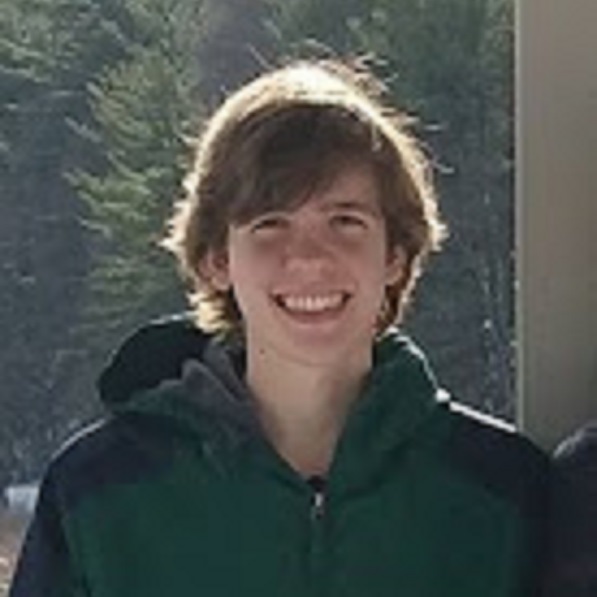 |
Corey OrlikStructural probing of multiferroic bismuth ferrite via second-harmonic generation
|
|
|
This week we feature senior Physics student, Corey Orlik who spent the summer studying the properties and applications of Bismuth Ferrite with his team. The goal of their experiment was to identify different properties of the Bismuth Ferrite compound, a substance that Orlik describes as both “ferroelectric and antiferromagnetic at room temperature, making it useful in more applications and when it is grown epitaxially (on another perovskite structure crystal).” Orlik was able to get the Bismuth Ferrite deposited onto a substrate and use the lattice disparity between the two crystals to change its point group symmetry (orientation around a fixed point). This process allowed him to enhance the original electric polarization making it even more pronounced. “We did a direct measurement of p-polarization-in to p-polarization-out to approximate the nonlinear optical tensor coefficients. We got large values (>40 pm/V) meaning that our sample could be used in Terahertz generation, which has applications in biomolecular identification and explosive detection.”
|
||